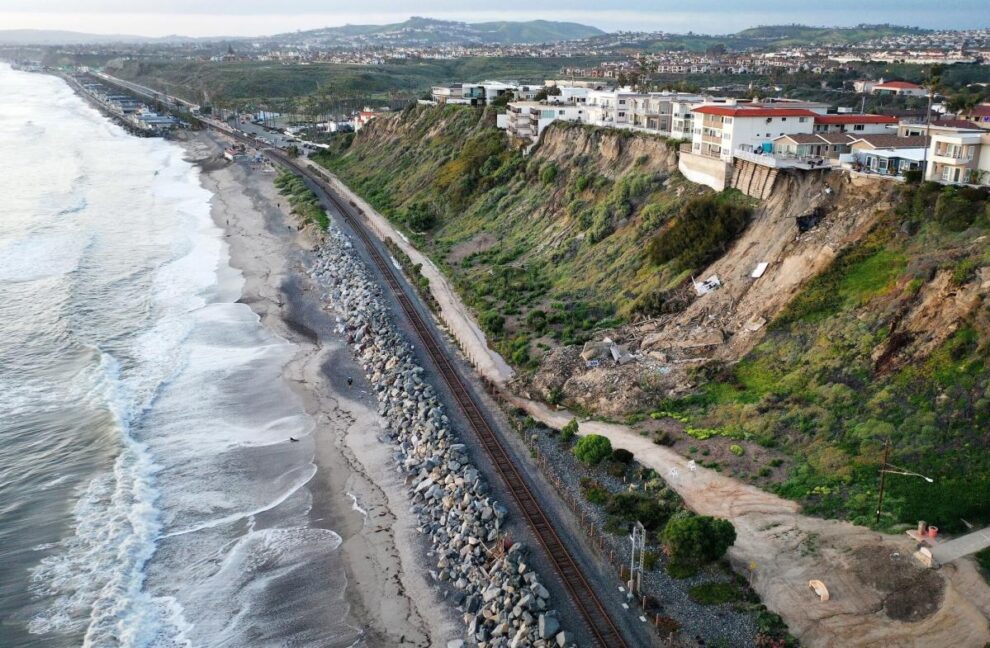
(Bloomberg) — San Francisco Bay Area cities hammered by relentless winter storms faced hurricane-like conditions Tuesday that knocked down power lines, snapped trees in half and raised the prospect of fresh flooding.
Most Read from Bloomberg
The southern half of the San Francisco Bay Area was hit by a bomb cyclone, a rapidly strengthening low-pressure system that brought 80 miles per hour (129 kilometers) wind gusts and driving rain across the region, said Daniel Swain, a climate scientist at the University of California at Los Angeles.
“This was a violent, sudden windstorm,” Swain said in a YouTube video post Tuesday afternoon. “We’re seeing impacts probably that are similar to a strong tropical storm or a weak hurricane.”
California has been drenched by a series of Pacific storms known as atmospheric rivers since late December, bringing flooding rains and record snowfalls across the Sierra Nevada and other mountains. At least 21 people have died and billions of dollars in damages and losses have mounted from collapsed roads, inundated homes and power outages.
Read More: California’s Crippling Drought Is Almost Over After Big Storms
By late afternoon local time, more than 190,000 homes and businesses across the state had lost power, according to PowerOutage.us.
Powerful winds at rush hour led to the cancelation of commuter ferries, windows breaking in downtown buildings and waves from the San Francisco Bay washing onto docks at San Francisco’s waterfront.
The winds prompted flight delays into and out of San Francisco International Airport for up to two hours, according to the FlightAware website.
Santa Cruz County, about 75 miles south of San Francisco, once again appeared to suffer the storm’s brunt. Reports of downed electrical lines and car crashes swamped the county fire department’s dispatch center as more than 24,000 homes and businesses lost power. Already this rainy season, the coastal county — a laid-back tourist mecca and agricultural center — has seen one of its piers smashed and a promenade washed out while floods inundated communities and closed roads.
In the Central Valley’s Tulare County, authorities ordered evacuations in advance of the storm after levee breaches over the past week raised the prospect of wider flooding. The state prepositioned swift-water rescue crews, just in case.
The heaviest rainfall was expected Tuesday but the storm will linger through late Wednesday as it pushes into Nevada and Arizona. As much as 4 inches (10 centimeters) was expected to drop throughout California’s coastal areas and valleys while up to 6 inches was expected to fall in lower elevations of the coastal mountains and the Sierra Nevada range. Mountain peaks could see more than a foot of snow. The deluge raises the threat of floods in areas where more than 17 million people live in California and Arizona.
(Adds updated weather conditions throughout)
Most Read from Bloomberg Businessweek
©2023 Bloomberg L.P.






